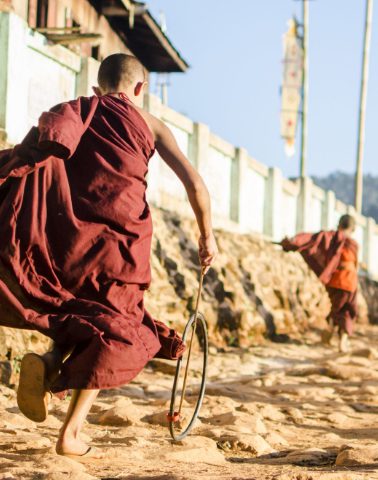
Subscribe to our mailing list
We are still here! Let us send you tips for travelling through Myanmar and stories from the road …
The number of people on Sampan’s World War II battlefield tour of North East India is capped to ensure that this remains an intimate and hands-on experience for our guests. We are happy to consider the specialist interest of our guests and see how we can tailor our itinerary to ensure that they find what they are looking for on this journey.
This is the best WW2 battlefields tour of India. Unlike traditional battlefield tours, Sampan’s Forgotten War Tour is not a hop-on hop-off coach trip. We will explore the stories of civilians caught up in war: the Nagas, the Kukis, the Manipuris. This journey allows our guests to dive into the contemporary lives of the people that call these battlefields home today. In addition to Rob, this tour is led by expert, specialist guides in each location. Hotels full of character; superb, local food throughout.
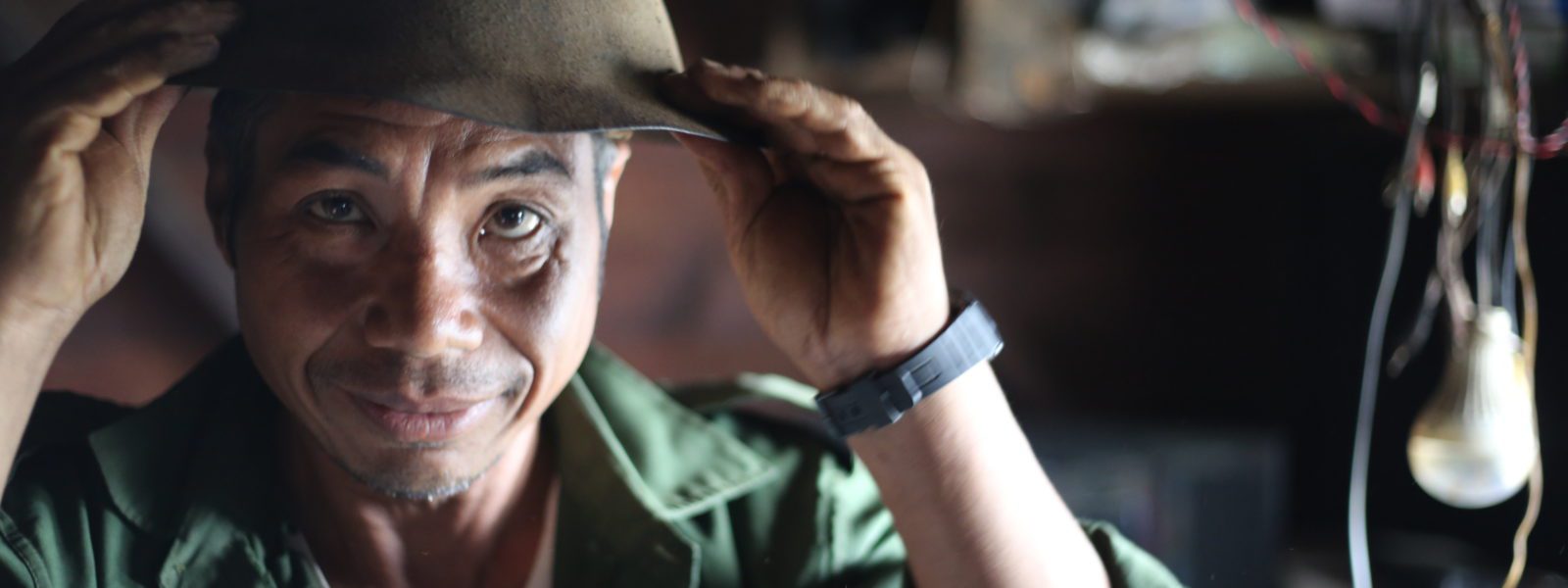
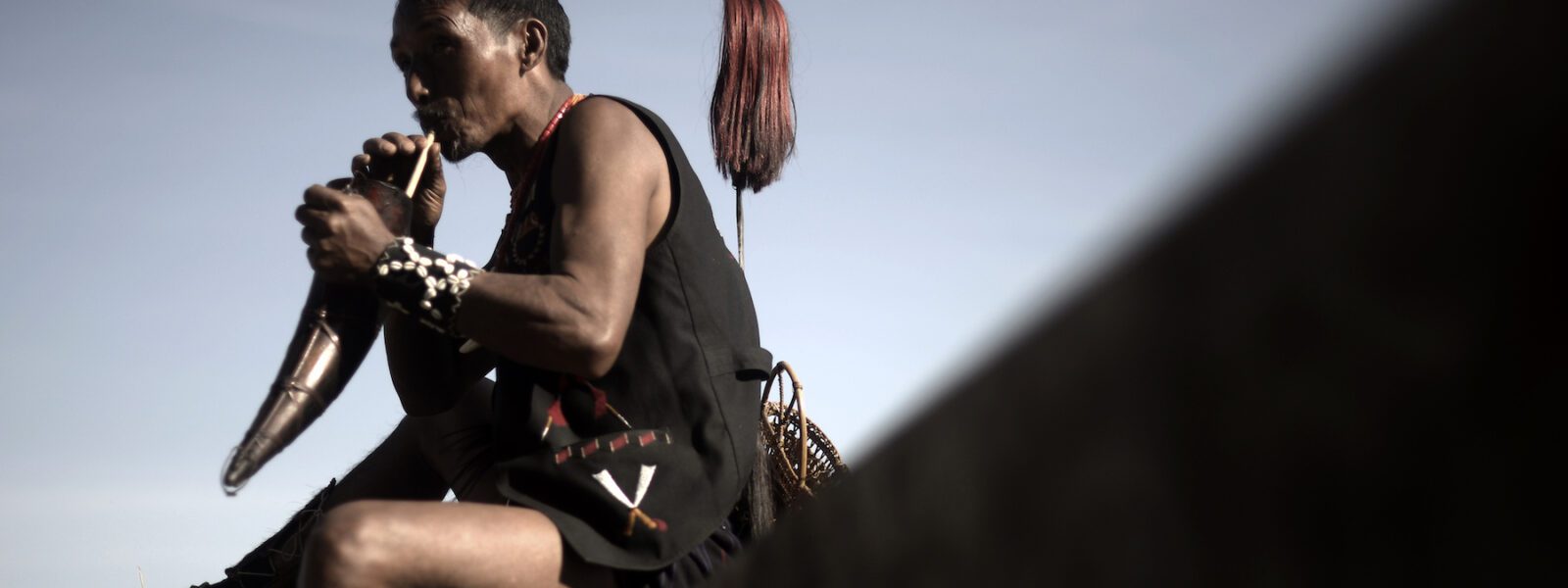
During WW2, in 1941 the Japanese Imperial Army invaded British Burma. This forced the Allies into their longest ever retreat, over the border and into India. Looking to capitalize on the advantage, in 1944 the Japanese began their “march on Delhi”. However, in the Naga Hills they were stopped in their tracks by General Bill Slim’s reorganized Fourteenth Army.
At the village of Kohima, was a small military depot and the bungalow of the British District Commissioner. Here the newly-raised Assam Regiment was stationed, alongside just one battalion of the Royal West Kents. From the 4th April 1944, these men faced an onslaught from the entirety of the Japanese 31st Division. At times the Allies were fighting under a ratio of almost 10:1. Over the next few weeks Kohima Ridge was turned into a hellscape reminiscent of WW1. Hand-to-hand fighting ensued and grenades were lobbed from end-to-end of the DC’s tennis court.
Eventually the Japanese were pushed back. This was the turning point of the Burma Campaign. Kohima ultimately led to the Allies pursuing the Japanese all the way to Rangoon. On Sampan’s World War 2 battlefield tour of North East India, Rob will take us by foot on a battlefield tour of Kohima – now a bustling town. He will give us a blow-by-blow account of the battle. He will also demonstrate why his case for Kohima won a National Army Museum 2013 debate for “Britain’s Greatest Battle”. We will end at the Second World War Cemetery Kohima. Here the white lines of the tennis court are marked into the perfectly clipped lawn. This is the most beautiful of the war cemeteries of North East India.
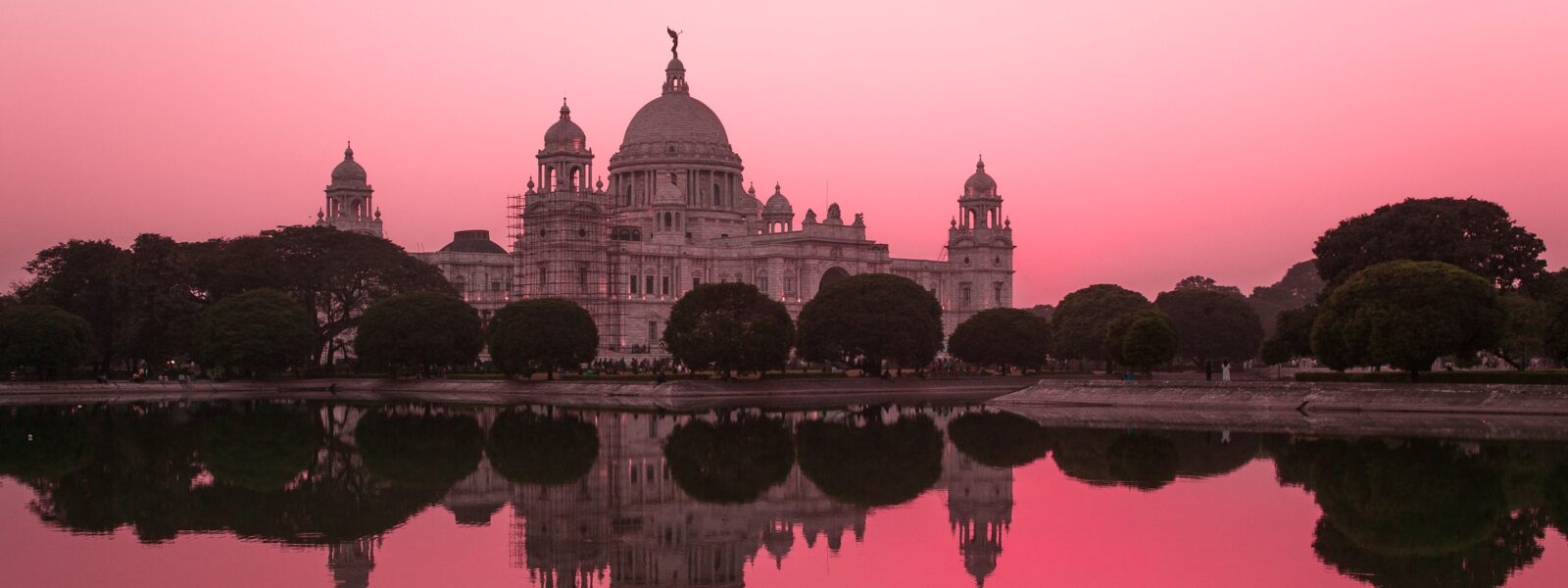
On this World War II battlefield tour of North East India, we will begin in Kolkata. Here our battlefields tour itinerary looks at more distant history. We will explore the genesis of the British Raj. In Kolkata we dive into the story of the East India Company and the birth of Indian nationalism though figures like Subhas Chandra Bose.
After our exploration in Nagaland, unlike other North East India battlefield tours, we travel to the tea fields of Assam. We shall travel into Arunachal Pradesh to visit the Hump Airlift Museum, so to understand the role of the US and Chinese Armed Forces.
On our last two nights we kick back in the lap of luxury at the glorious Glenburn Penthouse. Enjoy Glenburn’s signature “G&Tea”, dipping your toes in the pool and looking out over the Maidan and Victoria Memorial. In collaboration with Sampan, Glenburn has created a Bengali-tasting menu on our final night together. Glenburn was recently named in the top 50 places to eat in India by Condé Nast Traveller – so we are in good hands!
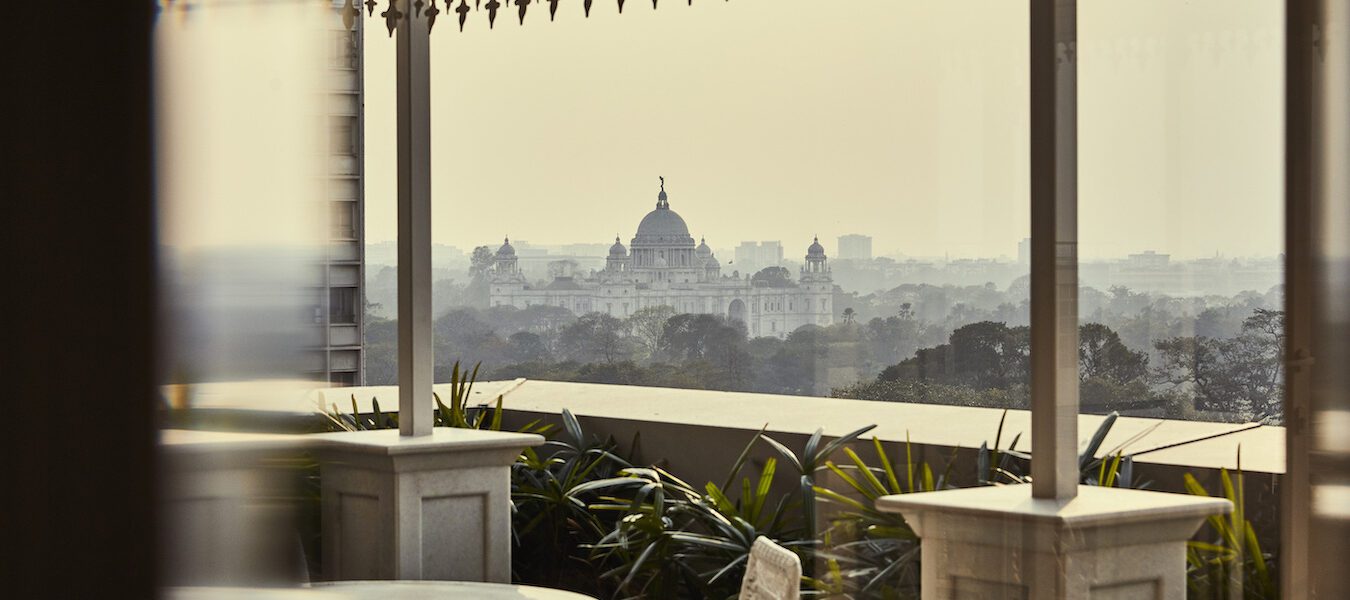
In Assam, our journey will focus on the northern front of the Burma Campaign. This was dominated by the Americans under General “Vinegar Joe” Stilwell. Stilwell remains a controversial figure. He struggled to work diplomatically with the Chinese, was scornful of the British, and famously drove his men without mercy. However, he was undoubtedly a remarkable man.
The CBI theatre newspaper reported during the war:
“Someday when the war is only a filthy memory, the whole story of Stilwell in Asia will be told, the epic of an unpretentious man who went forth sword in hand and slew the dragons of adversity in their dens.”
The infamous “Stilwell Road” was an attempt to link India and China by land through Burma, so to keep the Chinese Nationalist forces supplied. This would have saved the Americans “flying the Hump.”
Flying the Hump was a perilous feat undertaken by U.S. pilots, that saw cargo planes fly vital supplies over the treacherous Himalayas.
The contemporary journalist Theodore White, wrote:
“Ice can build up so rapidly on the wings that within five minutes a plane loses all flying capacity and drops like a rock into the jungle. In summer there are monsoons – black, solid masses of rain and wind that flick a plane about as if it were a feather. There are thermal currents that send the instruments into crazy spins. A pilot may be putting his plane down as hard as he can and the wind and clouds will be sending it up twice as fast as he is descending; or vice versa, which is worse.”
In 2016, Rob Lyman published Among the Headhunters, an account of an American twin-engine plane that crashed in dense mountain jungle, deep within Japanese-held territory in Burma. Among the passengers and crew were an OSS operative who was also a Soviet double agent, and Stilwell’s personal political adviser. Among the Headhunters tells the incredible true story of the adventures of these men among the Nagas, their sustenance from the air by the USAAF, and their ultimate rescue.
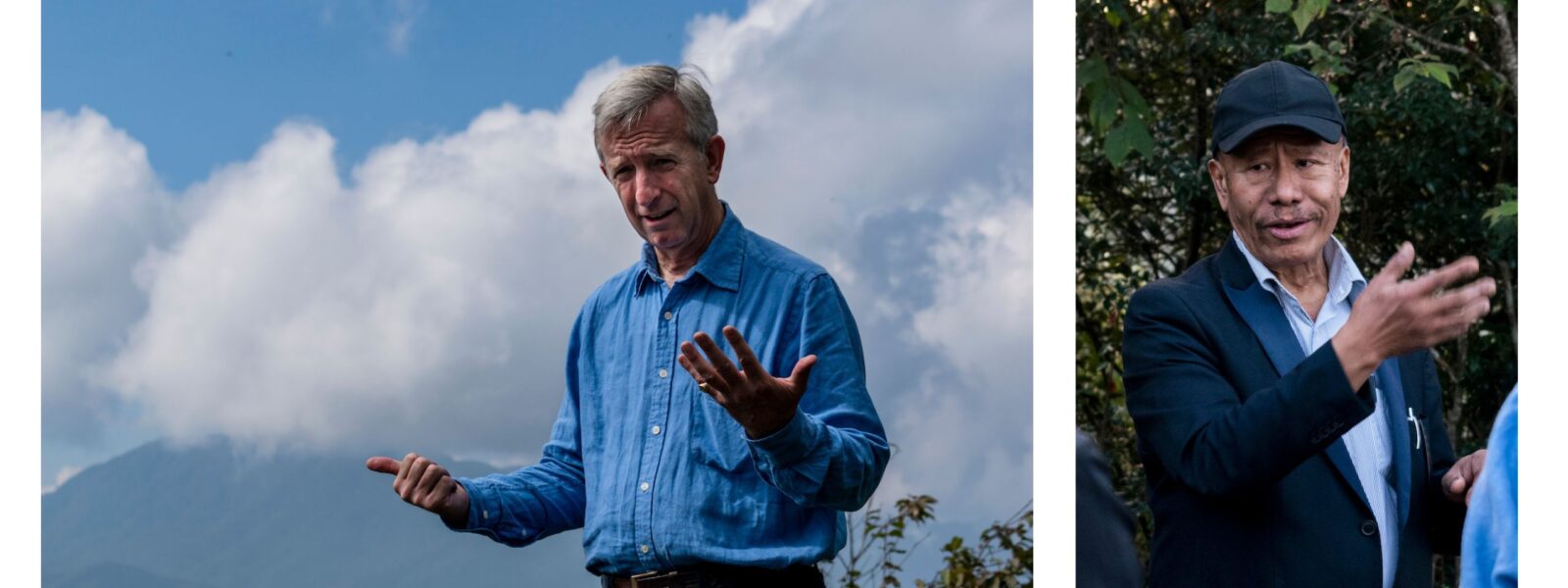
Rob Lyman is the world authority on the Battle of Kohima. After finishing a twenty-year career in the British Army in 2001 he has published widely on the Second World War and specifically on the Burma Campaign. He is Bill Slim’s military biographer, wrote Osprey’s definitive account of the Battle of Kohima in 2010, and in 2021 published A War of Empires looking at the clash between Imperial Japan and the British Empire in Burma and India. There is no other person you’d rather have guiding a Kohima battlefields tour!
Rob has worked with Sampan since 2020, on both our Second World War tour of North East India and on our virtual tours. You can read an interview with Rob Lyman here. And here he writes about how India remembers WW2 today in Unherd.
Our battlefield tour in Burma, Beyond the Chindwin, also led by Rob Lyman, is in support of the Gurkha Welfare Trust.
A few years ago Sampan teamed up with the film-makers Grammar Productions and the charity Help for Forgotten Allies as they created a documentary about the lost heroes of the Burma Campaign. You can watch a trailer for Forgotten Allies here.
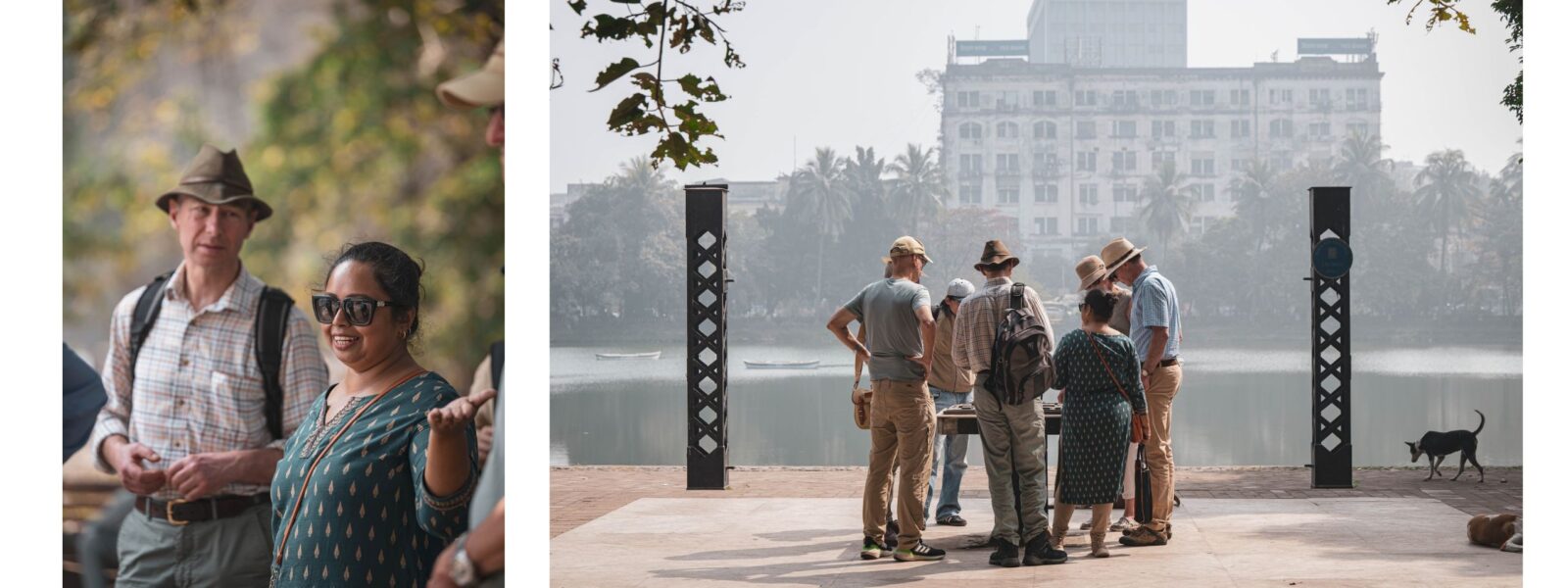
In April 2024, Bumble from the UK joined Sampan’s Forgotten War Tour. Bumble writes:
“I have just returned from an astonishing trip to north east India for the 80th anniversary of the Battle of Kohima which was carefully planned and guided by dear Bertie. The trip and the battle were brought to life in full detail by two accompanying brilliant military historians, Yaiphaba Kangjam and Dr Robert Lyman who even made it possible for me to access the governor’s property and lay a wreath on the Durham Light Infantry Memorial. This was a very emotional moment for me as my father was in the Durhams and fought at Kohima. Bertie’s excellent research, thoughtfulness and organization made the whole trip, with its quite complicated travel arrangements, fun, doable and worry free. And we had so many laughs too. I would never have been brave enough to even contemplate this trip on my own, and I cannot speak too highly of Bertie and Sampan Travel.”
See more reviews and testimonials in our Visitors’ Book.
In the heart of Kolkata, this is an escape from the city … and a love-letter to it.
An immaculately restored 1920s townhouse. A love-letter to the city.
Tea bungalow in Assam. Wake up amongst the plantation with tea in dainty porcelain.